Food security – Is One Nation One Ration Card the answer?

Pranuthi is an Associate Fellow with the Delhi Assembly Research Centre. A former LAMP fellow(2018-19), she likes to write about Federalism and Social Policy.

[responsivevoice_button voice=”US English Female” buttontext=”Read out this Theel for me”]
As Delhi’s ration exercise through the e-coupon system draws to a close, it dawned on me the challenges of seamless public distribution amidst a major painful migrant exodus. The plight of these hidden citizens came to our notice through heartbreaking images and stories. Of course, the government was not immune to criticism. It hastily announced that One Nation One Ration will be rolled out in a few states from June 2020. The complete rollout scheduled date is decided as of 31st March 2021. Meanwhile, to ensure food security for the poor, it also announced food grains for eight crore migrants not covered under NFSA or any state PDS systems. So far, only 20 lakh migrants have availed this as per news reports[1].
The welfare of migrants in different states is neglected. According to India Migration Now’s Interstate Migrant Policy Index (IMPEX), in an evaluation of seven states in 2018, only Maharashtra provides temporary ration targeted at migrant beedi workers. Migrants have largely been absent in the discourse of welfare until this crisis. In recent times, we observed how many states in India started announcing relief for migrants in terms of food, housing, and mobility.
Several Migrants possess ration cards of their native states, and several others do not have a ration card. Ration cards came to be associated with “the right to urban-dwelling” as enunciated by Veena Das[2]. Migrants with Ration Cards continued to be denied rights to urban citizenship despite possessing these ration cards. The ONORC aims to remove the barrier of access of ration to migrants irrespective of where they live.
The One Nation One Ration Card was in the pipeline since 2018. The date for the complete rollout was scheduled to be June 2020. However, complete automation of ePoS servers and inter-state portability was not achieved. ePoS machines record the beneficiaries’ biometric details to authenticate and record their purchase. Moreover, only 12 states agreed as of March 2020 to integrate as it rightly hinders the state’s flexibility on PDS systems. However, a similar idea was introduced by Nandan Nilekani in 2011 but was mooted down because of the active anti-Aadhar lobby. Over the years, Aadhar gained legitimacy, and this idea reintroduced itself in the Government’s agenda[3].
The National Food Security Act (NFSA) 2013 is the basis for ONORC and covers nearly 60% of our population or 81cr out of 130cr citizens for subsidized food grains. However, only 23cr ration cards have been issued, which cater to nearly 80cr beneficiaries[4]. The remaining one cr are yet to be identified. The Act envisages that within a year from promulgation, all beneficiaries should be identified.
A pilot project was undertaken to look at its feasibility in a few states. Inter-state portability of Ration cards was launched in July 2019 between Andhra Pradesh and Telangana. However, the results of this project have not been made public. The 2018-19 Public Accounts report on “Preparedness for Implementation of National Food Security Act, 2013” highlighted that steps taken to ensure portability among states were not provided for scrutiny. In addition, the statistics reflect poorly on such an initiative. During the harsh period of lockdown in April, only 18 transactions took place between AP and Telangana on the IMPDS platform. If inter-portability was indeed successful, it was not necessary for states to announce separately ration relief measures to migrant workers. Other challenges of ONORC on a large scale are limitations on the state’s flexibility, supply logistics, and technical complications as the capacities of Indian states when it comes to implementation has been uneven.
It is unclear as to how the government plans to roll this out. Initially, when the pilot was rolled out, a PIB release states that “integrating the existing PDS systems/portals of States/UTs with the Central systems/portals, etc.” is the objective[5]. How can different states PDS systems be integrated into the central system? Some states have extra food subsidies beyond the quota and caps imposed by NFSA. For example, Tamil Nadu and Chhattisgarh have a near-universal system with cards other than AAY (Antyodaya Anna Yojana) and PHH (Priority Households) cards as of under NFSA. Tamil Nadu also offers kerosene subsidy. Moreover, in some states, one of the commodities rice/wheat is free while the other is subsidized. Later, the government stated in response to a parliamentary question in March 2020 that “The existing system of States/UTs for distributing food grains to own beneficiaries remains same/unaltered, as national portability through One Nation One Ration Card plan mainly intends to benefit those ration card holders under NFSA[6].” This still means that all states would have to distribute ration for NFSA cardholders as per the central food subsidy rates affecting their flexibility to decide rates/offer it for free.
Another concern involves how the allocation and supply logistics are to be managed. Unlike Ration, the movement of migrants cannot be predicted or recorded real-time. The PDS system will have to show flexibility and administrative creativity in producing dynamic allotments in distress situations like at present.
Technical challenges include the shoddy digital infrastructure at present. Mandatory aadhaar authentication coupled with breakdowns and unavailability of ePoS machines will result in large exclusions. In fact, in Delhi, the Annavitran portal shows that out of 1014 FPS shops, none of them possesses ePoS. That is the reason why Delhi had to resort to the e-coupon system for providing ration to Aadhar cardholders. The IM-PDS platform shows ten states integrated until Apr 2020. But, only 2788 beneficiaries have been reached. These statistics are from the month of April, which was very cruel for the migrant labourers.
Moreover, the Aadhar was founded to avoid duplication or bogus. Some states like Jharkhand do not have the mandatory Aadhar provision due to a rise in starvation deaths[7]. Most leakages are observed at the storage site and not at the beneficiary end. The feasibility of this scheme rests on mandatory Aadhaar authentication, but this can lead to abandoning the objective of food security for all.
ONORC looks like it is the need of the hour for food security. However, the costs and implications outweigh the benefits from the perspective of states’ administrative capacities.
Experts and Food activists like Reetika Khera and Dipa Sinha have argued the case for universalizing PDS instead. However, under NFSA, only 23 cr ration cards have been issued between 2013-2019. The NFSA covers nearly 70% of the population but the data for identification is the Census 2011, which is outdated. Expanding the NFSA for universal coverage currently doesn’t address the problem. Universalising is made on the assumption that states can quickly identify and issue ration cards. But identifying beneficiaries involves adequate data at the state level. The 2011 census is the only reliable number for interstate migrants, which currently is grossly inadequate due to major population and migratory pattern changes in the past decade. It also means that those with ration cards are only eligible. Many migrants do not possess a ration card or have left their ration cards back with their families.
Universalising PDS is a long-term goal and a continuous process. As of now, Migrant relief packages of respective states should be extended or revamped and see to it that the 8cr migrants under the Atma Nirbhar package be quickly brought into the PDS system. Those with ration cards should not be denied ration because they belong to a different state or because Aadhar authentication failed. The FCI godowns have enough stock, but we need proactive transportation and distribution of food grains.
References
- https://www.indiatoday.in/india/story/only-20-lakh-of-8-crore-migrants-have-received-promised-food-grain-1686743-2020-06-08
- https://aud.ac.in/uploads/1/page/publication/aml-2010.pdf
- https://theprint.in/economy/modi-govts-one-nation-one-ration-card-is-same-upa-scheme-that-sonia-led-nac-shot-down/422115/
- https://pib.gov.in/PressReleasePage.aspx?PRID=1607345
- https://pib.gov.in/Pressreleaseshare.aspx?PRID=1580396
- http://164.100.24.220/loksabhaquestions/annex/173/AU3832.pdf
- https://thewire.in/rights/aadhaar-welfare-scheme-jharkhand
Featured Image Credits: hunny001 on Pixabay


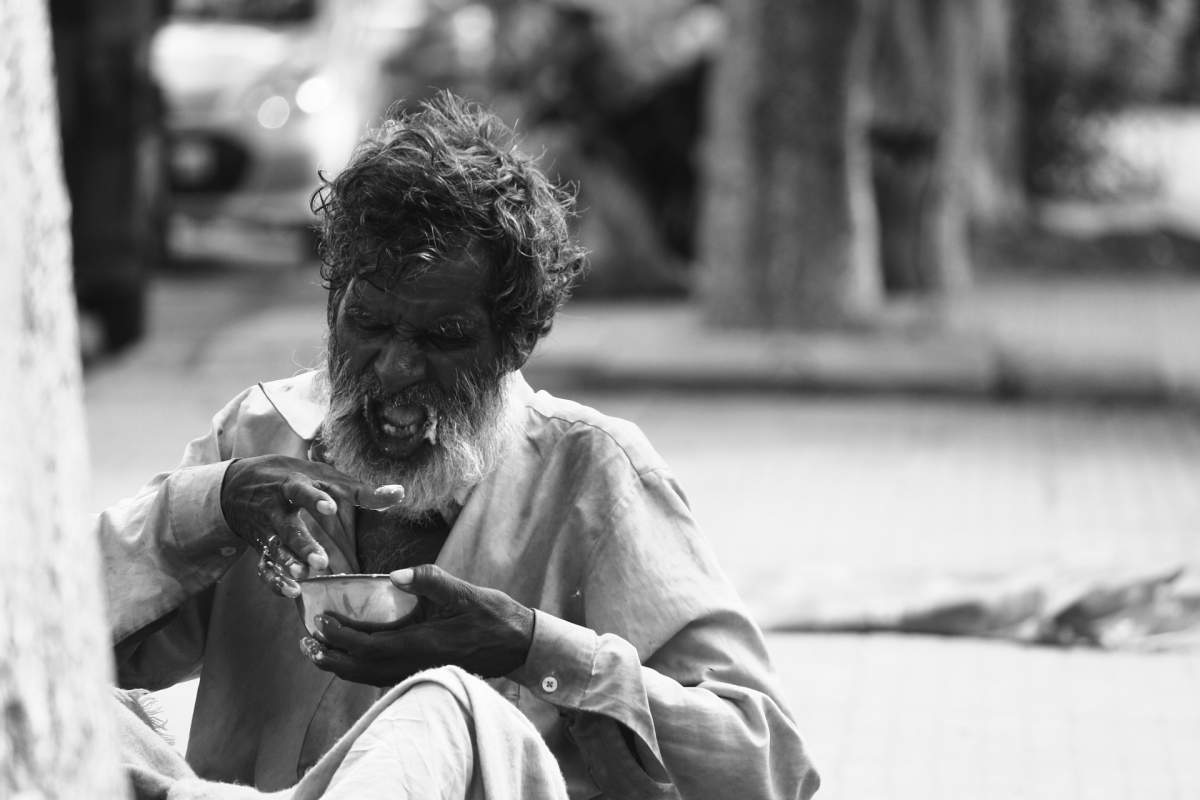
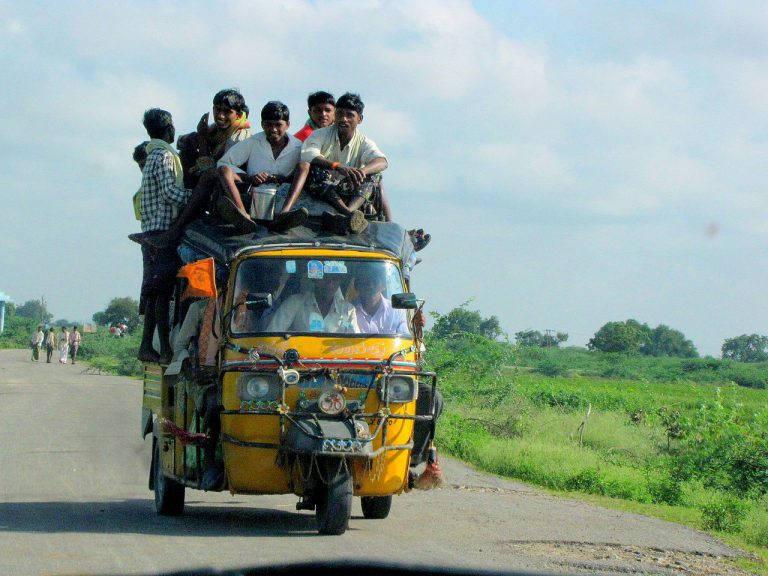
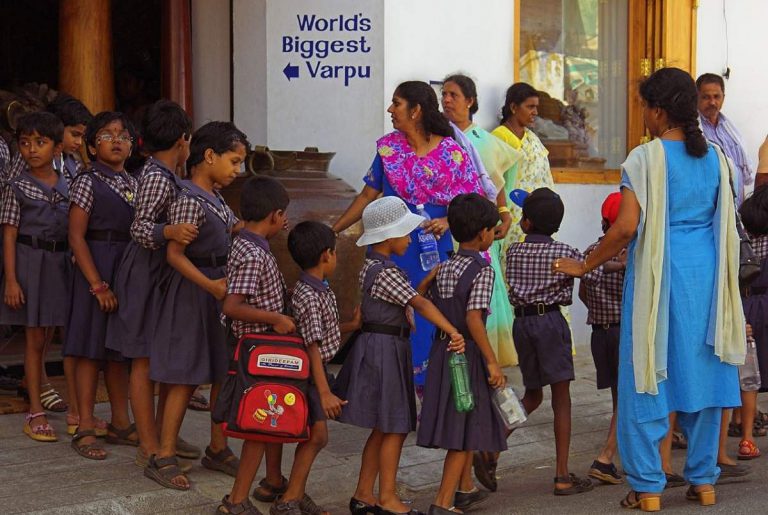
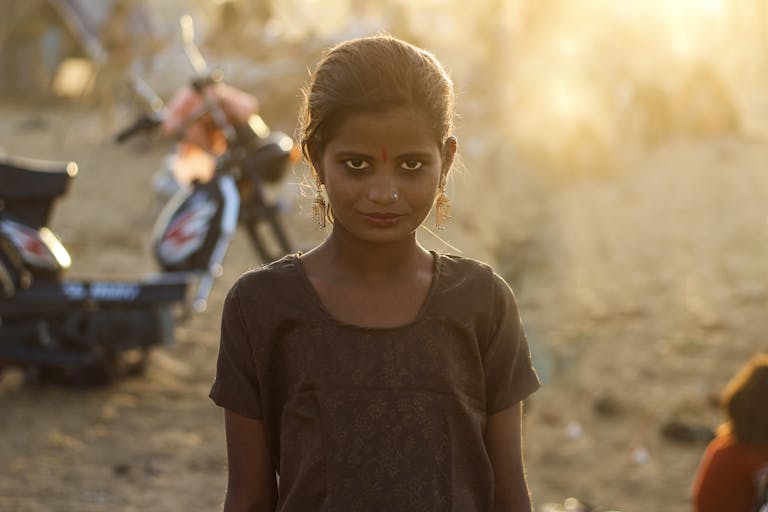
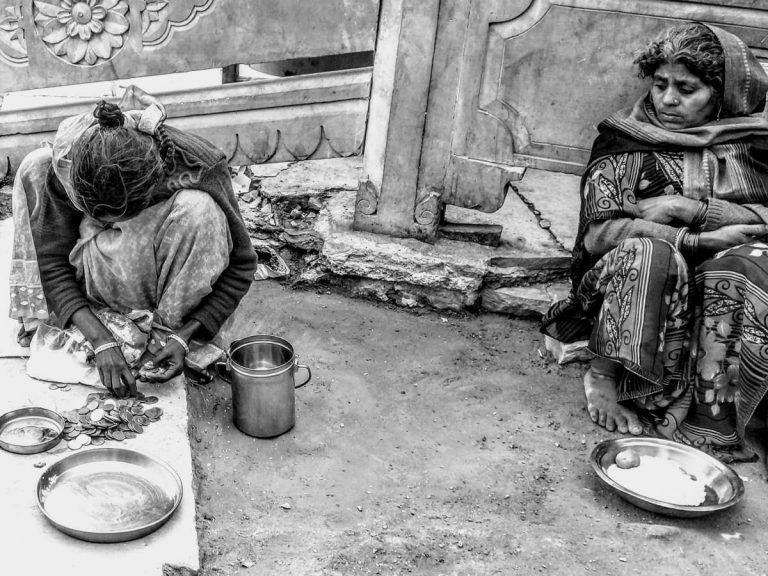
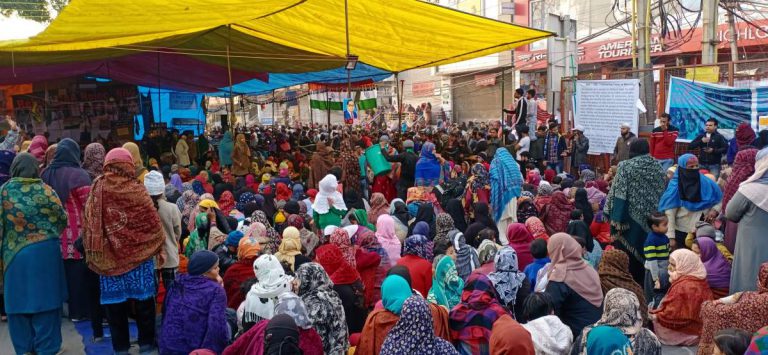

Toilet Cubicle Manufacturers
https://toiletcubicles.co.in/